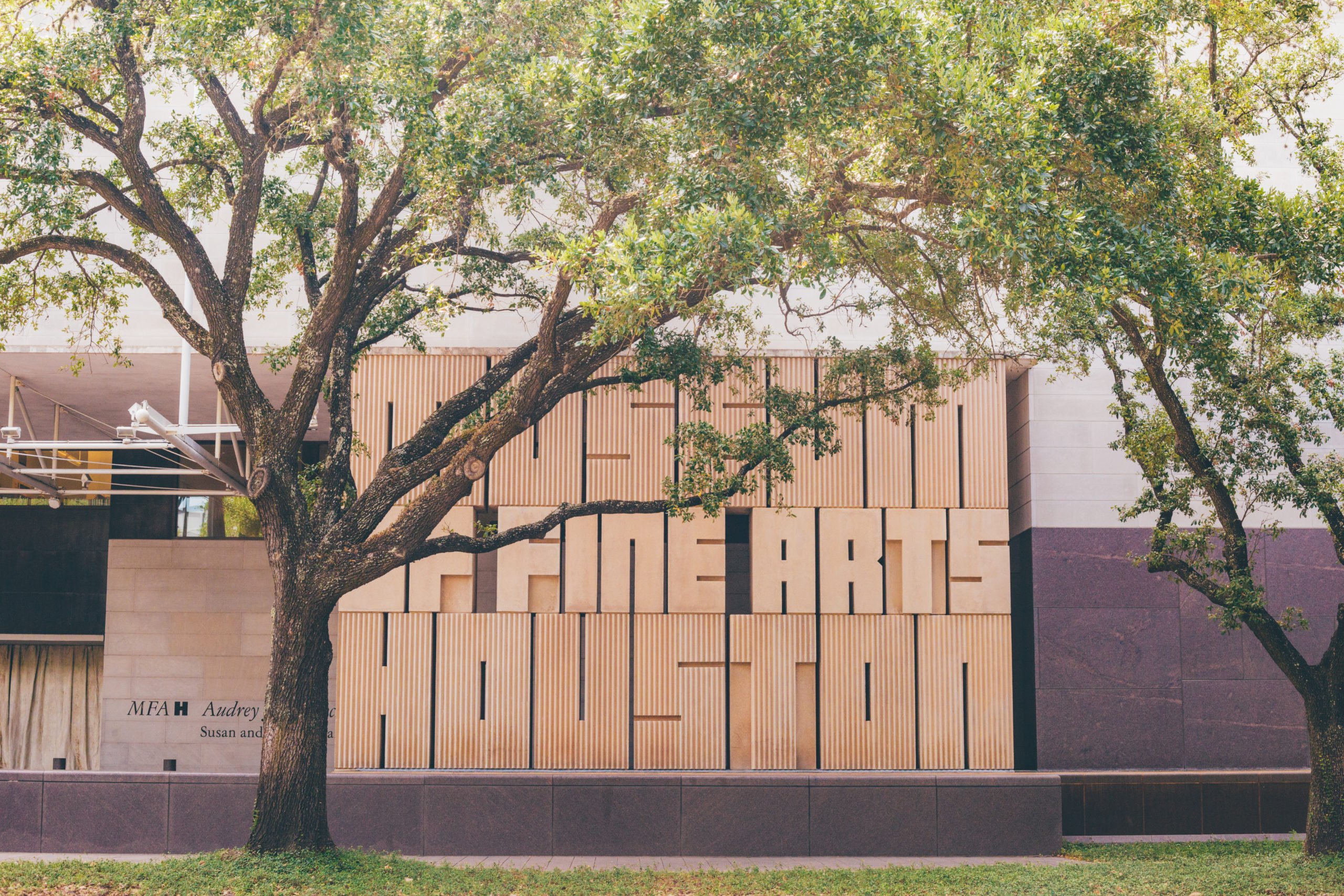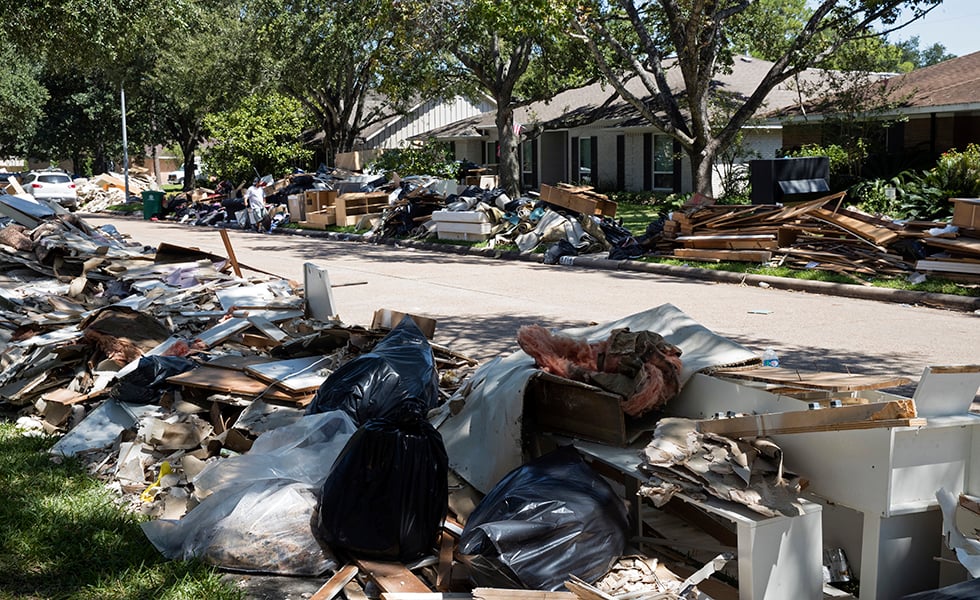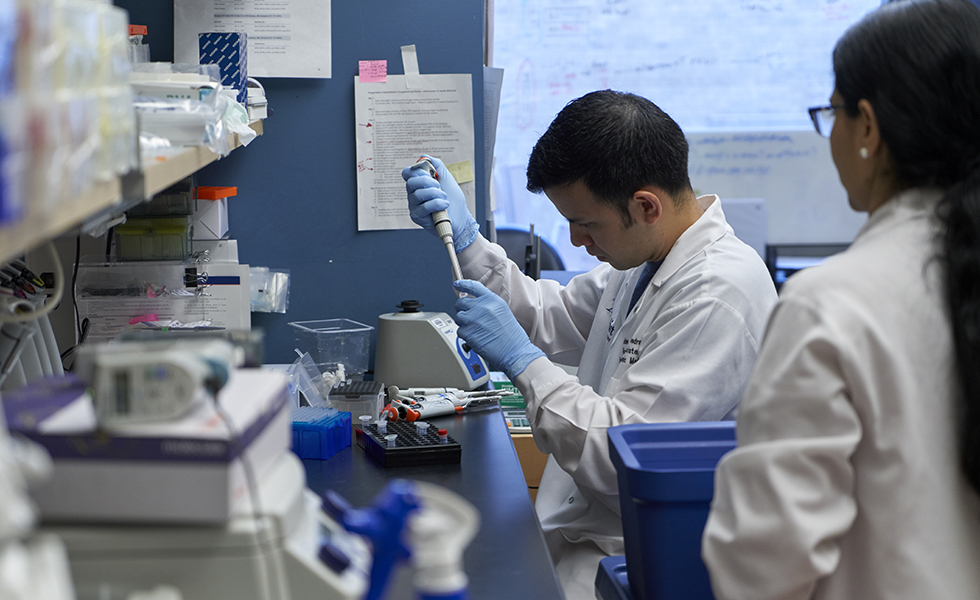
Promising Results Reported for COVID-19 Patients Treated with Plasma Therapy in Texas
The speed with which physicians and patients across the United States have signed up to participate in the ongoing plasma therapy project is unprecedented.
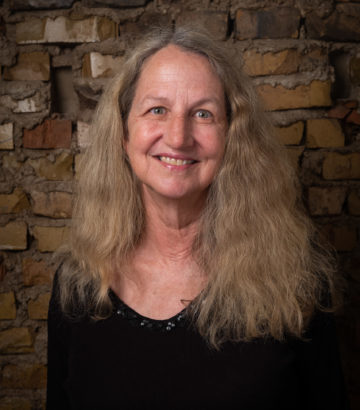
A version of this story ran in the July / August 2020 issue.
Above: Lab work at Houston Methodist Hospital.
The 61-year-old postal worker arrived at Austin’s Ascension Seton hospital in April in respiratory distress—he had a high fever, struggled to breath, and needed large doses of supplemental oxygen.
When Raul Chagoya’s COVID-19 test came back positive, his treating physicians in the ER alerted Jeff Yorio, the hospital’s chief of hematology and oncology, who spoke with Chagoya remotely via a visual app. Yorio asked whether he’d like to participate in convalescent plasma therapy, a fast-growing real time experiment that has sprung up in hospitals nationwide to save the lives of the sickest COVID-19 patients. “He was both excited and interested,” Yorio recalls. As Chagoya, a father and grandfather, later told the Austin CBS News affiliate: “To be honest, I didn’t want to die.”
Soon, Chagoya joined 28,248 others enrolled at 2,471 participating sites in a treatment and research effort loosely coordinated by the Mayo Clinic. Approximately 20,000 people received plasma treatments nationwide in April, May, and early June.
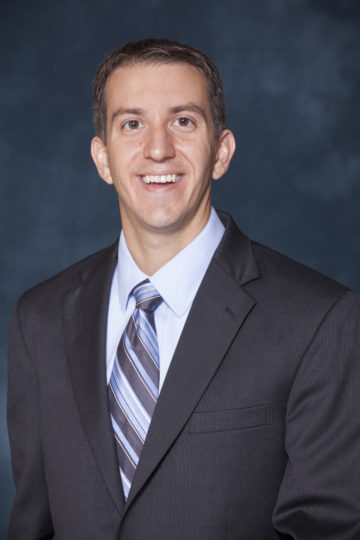
Yorio first learned about plasma therapy in medical school, where he read about the technique in historical sections of his textbooks. Transfusions were first successfully used during the 1918 flu epidemic to take plasma rich with antibodies from recovered patients and infuse it into those still battling a virus.
As the COVID-19 pandemic spread across Texas, Yorio put old lessons into practice. He helped form a network of Austin physicians that is coordinating with We Are Blood, a local blood bank, to supply convalescent plasma therapy to COVID-19 patients in eight Central Texas hospitals.
In late May, other members of a nationwide network—including a research team based at Houston Methodist Hospital—published promising preliminary results based on their efforts to treat COVID-19 patients with infusions of the plasma. The research papers recently released by Methodist and others have not been peer reviewed. So far, researchers at Houston Methodist and elsewhere found no signs of adverse effects and promising signs of recovery. Houston Methodist was one of the first sites in the country to provide plasma treatments to COVID-19 patients, beginning March 28 when the FDA approved protocols. Participating physicians there recently reported that 19 of the first 25 Texas patients to receive infusions had already improved.
The speed with which physicians and patients across the United States have signed up to participate in the ongoing plasma therapy project is unprecedented. Coordinating such an enormous experimental treatment effort would usually take years, notes Yorio, who has no plans to publish research of his own.
But based on his experience with 35 Ascension Seton patients so far, he wonders if plasma therapy will also diminish long-term harm caused by the novel coronavirus. Without plasma therapy, many of the sickest COVID-19 patients require lengthy hospital stays and weeks of supplemental oxygen or respirators.
In contrast, Chagoya, the 61-year-old Austin man, recovered only four or five days after receiving plasma therapy, Yorio said. “It was a pretty drastic improvement. It was one of those cases where it really seemed to make a difference quickly.”
Yorio knows that it’s possible Chagoya would have recovered as quickly without plasma treatment. Yet seeing a very sick man rise so quickly from his bed bolstered the commitment of doctors working in Austin to provide plasma with antibodies to hospitalized patients throughout the region.
Texas blood banks, with assistance from the American Red Cross, are actively recruiting donors who have recovered from COVID-19, as demand continues to grow.
Correction: We’ve updated this story to correct the spelling of Jeff Yorio’s name. We originally spelled it “Yurio.” The Observer regrets the error.
Read more from the Observer:
-
The New Ensemble: Texas’ best high school mariachi bands take the stage.
-
COVID-19 Has Delayed Programs That Texas Prisoners Need to Get Out: People approved for parole in the Texas prison system already waited months to start programs required for their release. Coronavirus is making some wait even longer.
-
In Rural Texas, COVID-19 Contact Tracing is Largely Up to Local Officials, If It Happens at All: As public health experts warn of new waves of infections this summer or fall, experts say there’s still not a robust system in place to track the coronavirus, particularly in rural areas.
